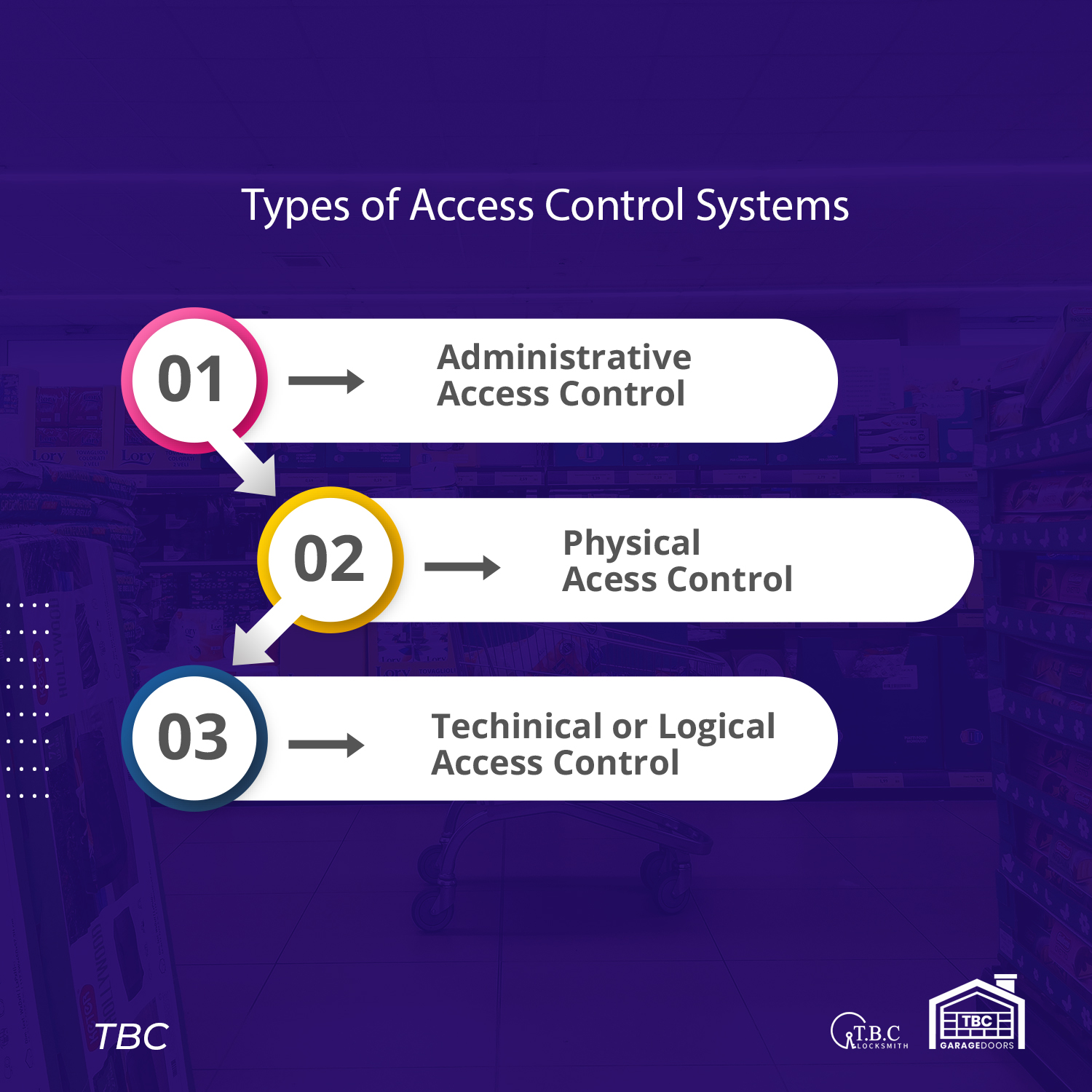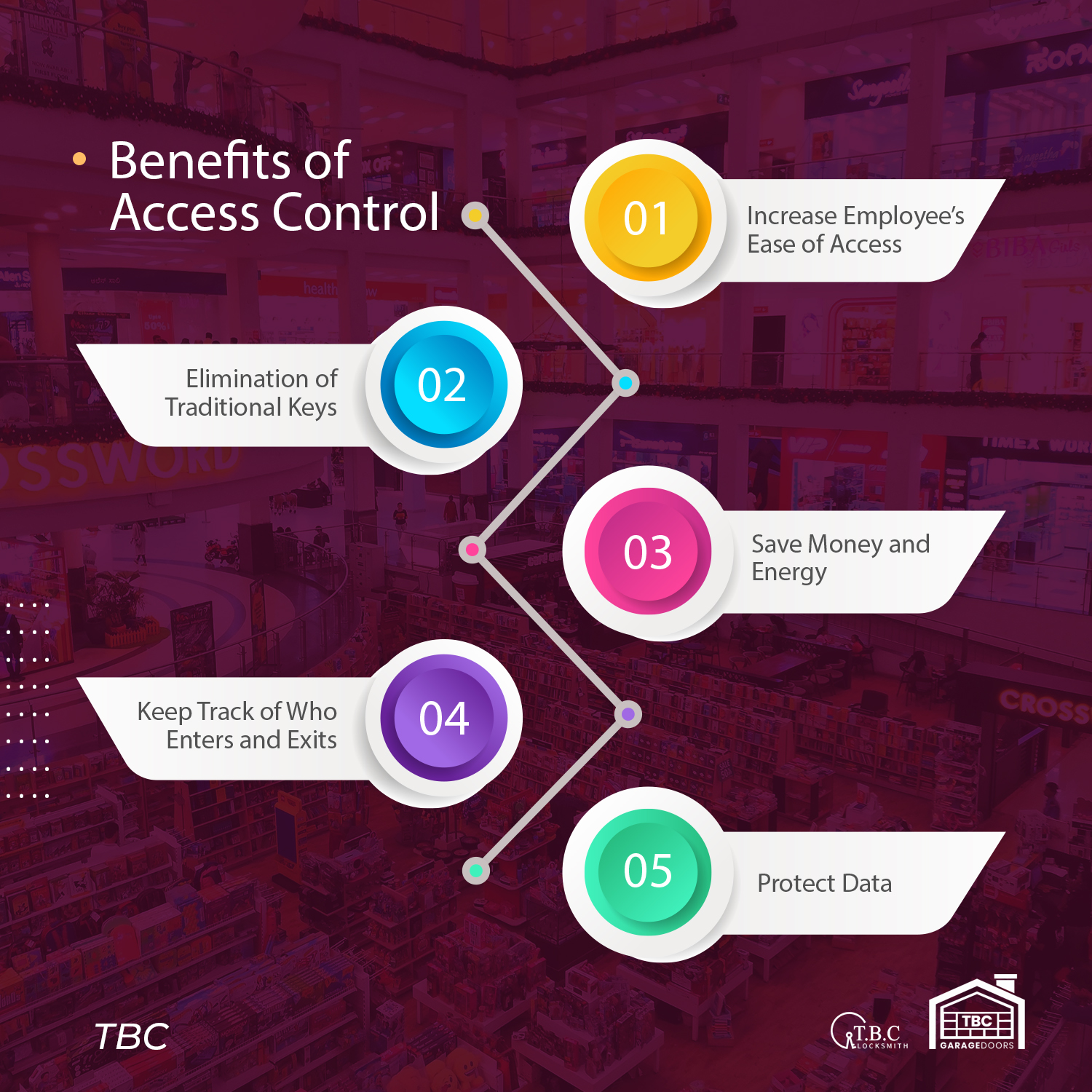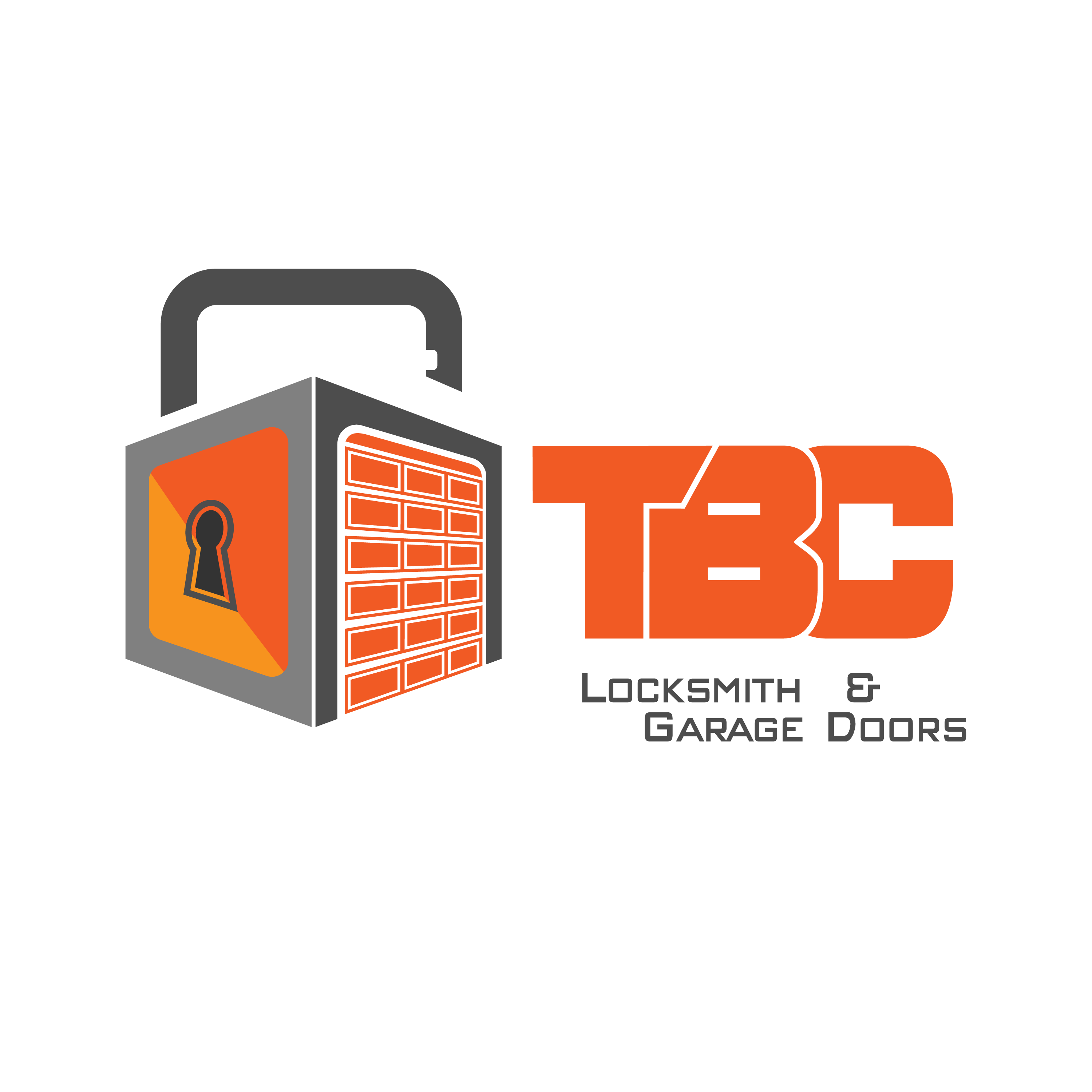Access control systems rely on a unified management platform linked to several locks and proximity devices to ensure streamlined security. The unified security system gives accurate details about who is entering or exiting certain locations and when they’re doing so. Moreover, the system can be remotely programmed from any location.
Typically, the doors have automatic locks and permit entry for individuals through the use of some unique mechanisms. Such mechanisms include simple proximity, keypad-controlled locks, access card readers, and advanced biometric scanners. Access control systems help to provide organizations with additional security by monitoring user permission at entry and exit units.
This article will discuss in detail everything there is to know about the management of commercial Access control systems.
What is Access Control Management?
So, what is access control management? Access control management is the effective monitoring of the flow of people in and out of a location, ensuring access restrictions where necessary. In recent times, it has become insufficient to simply lock a door or put up a temporary barrier as a form of access control. Organizations now require more advanced crowd control systems to deliver better customer service delivery and safety.
Access control management is applicable in all walks of life. For instance, in a retail store, there may be situations where there is an overflow of people, maybe due to a promotion. This means the management may have to restrict customers from employee-only areas and this can only be achieved using an access control solution. Access control management also serves as a means of organizing and improving service delivery within organizations.
Types of Access Control Systems

Access control systems provide improved security services by giving flexible control over who enters certain premises. Majorly used for security purposes, access control systems can be installed in various sections of the building.
The areas of organizations where high security is required use different types of access control systems such as door controllers and card readers, biometric, RFID, etc. Each of the access points can be individually controlled, depending on the demands of the company where high security is required.
Here are the most common types of Access Control systems:
1. Administrative Access Control
Administrative access control establishes the access control procedures and policies for the entire organization, defines the requirements for implementing both the physical and technical access control, and determine what the consequences will be for non-compliance.
2. Physical Access Control
Physical access control is an integral part of any organization’s security and applies to the granting or restriction of access to an area of the business premises. For example, fences, doors, gates, etc. By using badges, locks, biometrics (fingerprint, facial recognition), surveillance cameras, etc. to grant access to specific areas.
3. Technical or Logical Access Control
Technical or logical access control minimizes connections to data, system files, and computer networks. It ensures restrictions on operating systems, protocols, applications, encryptions, etc. In today’s fast globalizing world, modern access control system uses a combination of the administrative, physical and technical access control to restrict access to sensitive data, allowing for a greater level of security.
Benefits of Access Control

In what ways can access control be of benefit to your business? Notwithstanding the size of your organization, automated access control can provide protection for employees and make the administrators aware of those who access the premises. Here are some of the most significant benefits of access control:
-
Increase Employee’s Ease of Access
Access control systems allow employees easy access within designated areas of the business. After giving authorization, an employee can easily access all areas they have a permit for and get their job done. By simply scanning a key card or inputting a pin, employees will not have a problem getting around the organization.
-
Elimination of Traditional Keys
The use of traditional keys has some disadvantages. Considering that you need individual keys to restrict access to particular areas of the business. So, the bigger the building, the more locks you need and this will mean a bulky key ring as well as confusion about which keys open where. An access control system helps to save businesses stress and also, reduces your chances of having unauthorized access to your organization.
-
Save Money and Energy
By using access control systems, you can save money on employing security personnel and locks. Access control systems can verify an individual’s identity, making it inconsequential to employ a security guard. Also, you can save costs and expenses by using access control systems that have been integrated with lighting, heating, and cooling systems. This way, the lights can turn on when people are in a room and go off when they leave.
-
Keep Track of Who Enters and Exits
Access control systems provide you with details on who enters and exits a building or room as well as when. Also, in the case of theft or accident, you can tell who accessed a particular area at the time of the occurrence.
-
Protect Data
Sensitive data such as health information, financial records, and client data are usually stored on company-owned servers. Access control systems can be used to restrict or give access to IT rooms and also individual networks or computers, ensuring only trusted individuals have access.
How Do You Implement Access Control?
Business owners and managers are constantly on the lookout for areas in their businesses prone to risk and figure out measures to combat that risk. Moreover, in an IT environment, risk comes in form of access. Organizations possess great resources however, those resources are not made available to all members of staff, client, and partner. Businesses implement access control to make sure that every user, both within and without the organization only has access to the data necessary for their tasks while restricting access to resources that are not important to them.
What are the Elements of an Access Control System?
There are three major elements of access control and they are clearly identified below:
1. Identification
For access control to be effective, it must be able to identify an individual. The weakest identification capabilities should be able to identify a person as part of a group of users who should have access to the system.
2. Authentication
Identification requires authentication. Authentication is the process of making sure that the identity shown is authentic, meaning you must ensure the identification is being used by the right person. Usually in IT security, authentication involves the validation of a password when linked to a username. Some other forms of authentication are smartcards, fingerprints, and encryption keys.
3. Authorization
Authorization refers to the set of actions that identity is allowed. Typically, on a computer system, authorization is in form of the read, write, and execution permissions linked to a username.
What is the Best Access Control System?
Depending on the need of the organization, there is a range of Access control systems that serve a variety of purposes. The most common of them are:
-
Mandatory Access Control (MAC)
This is the strictest type of access control system and it is mostly used by the military and other government bodies. The operating system ensures the firm control of all doors based on the configuration of the system administrator. With this type of access control system, it is impossible for users to change the permissions that allow or deny entry within the premises.
-
Discretionary Access Control (DAC)
Discretionary access control is the default option for the management of most access control systems. Unlike MAC, DAC allows business owners to decide on who can access which areas on the premises. This access control system has an Access Control List (ACL) at each entry point, with a list of individuals or groups who have permission for entry.
-
Role-based Access Control (RBAC)
A role-based access control system, also known as non-discretionary access control permits user’s entry based on their role within the organization. This way, permission can be given easily based on job titles. Typically, employees are given keycards for access to appropriate areas within the organization.
-
Rule-Based Access Control (RBAC)
Quite similar to DAC, this type of access control gives access based on ACL. However, it goes even further by creating rules that give permission only at specific times of the day.
What is the Most Common Form of Physical Access Control?
Physical access controls are mechanisms that are built to eliminate or reduce the risk of injury. The most common form of physical access control is the use of biometric sensors. Biometric sensors such as fingerprint recognition and facial recognition can make any intruder fail in their quest to gain access to a guarded place.
Conclusion
Access control systems are of great importance for any organization requiring data protection and security. It is however important to understand how to properly manage your access control systems to ensure their efficiency. It could be a daunting task managing commercial access control systems considering that a lot of effort goes into proper planning and management of access control.
With adequate information on the various types and the benefits of access control, organizations can determine the best access control system required for maximum security.
At TBC Locksmith Toronto, we help install and repair access control systems for residents, businesses, and commercial buildings. We work 24/7 a week, offers a response time of 20 minutes, and give you 90-day guarantee on our services. We deliver impeccable services in Toronto, GTA, Brampton, Mississauga, North York, Markham, Vaughan, and other cities nearby.
